About Cambodian Culture
Cambodian culture has a rich history and unique traditions influenced by Indian, Chinese, and French cultures. It is characterized by its art, dance, music, and festivals, as well as the religious practices of Buddhism and Hinduism.
Traditional Cambodian arts include silk weaving, lacquerware, and pottery. The Khmer classical dance, also known as the Royal Ballet of Cambodia, is famous for its intricate costumes and graceful movements.
Throughout Cambodia's long history, religion has been a major source of cultural inspiration. Over nearly two millennia, Cambodians have developed a unique Cambodian culture and belief system from the syncreticism of indigenous animistic beliefs and the Indian religions of Buddhism and Hinduism. Cambodia's achievements in art, architectures, music, and dance from the 9th and 14th century have had a great influence on many neighboring kingdoms, namely Thailand and Laos.
The effect of Khmer culture can still be seen today in those countries, as they share many close characteristics with current-day Cambodia Many cultures are inspired by our neighbors, especially Thailand. As someone who once ruled the ancient Khmer The Tai borrowed from the Khmer many elements of Indianized culture, including royal ceremonies, customs followed at the court, and especially the Indian epic Ramayana, which influenced not only literature but also classical dance. Even in modern Thai culture the legacy of the Indianized culture of Angkor is still evident.
Images of Cambodian Culture
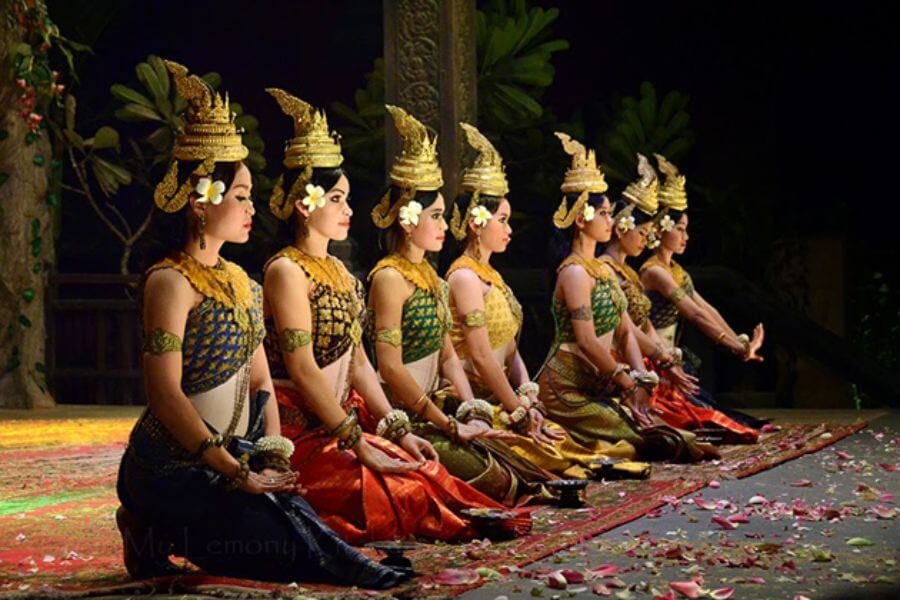
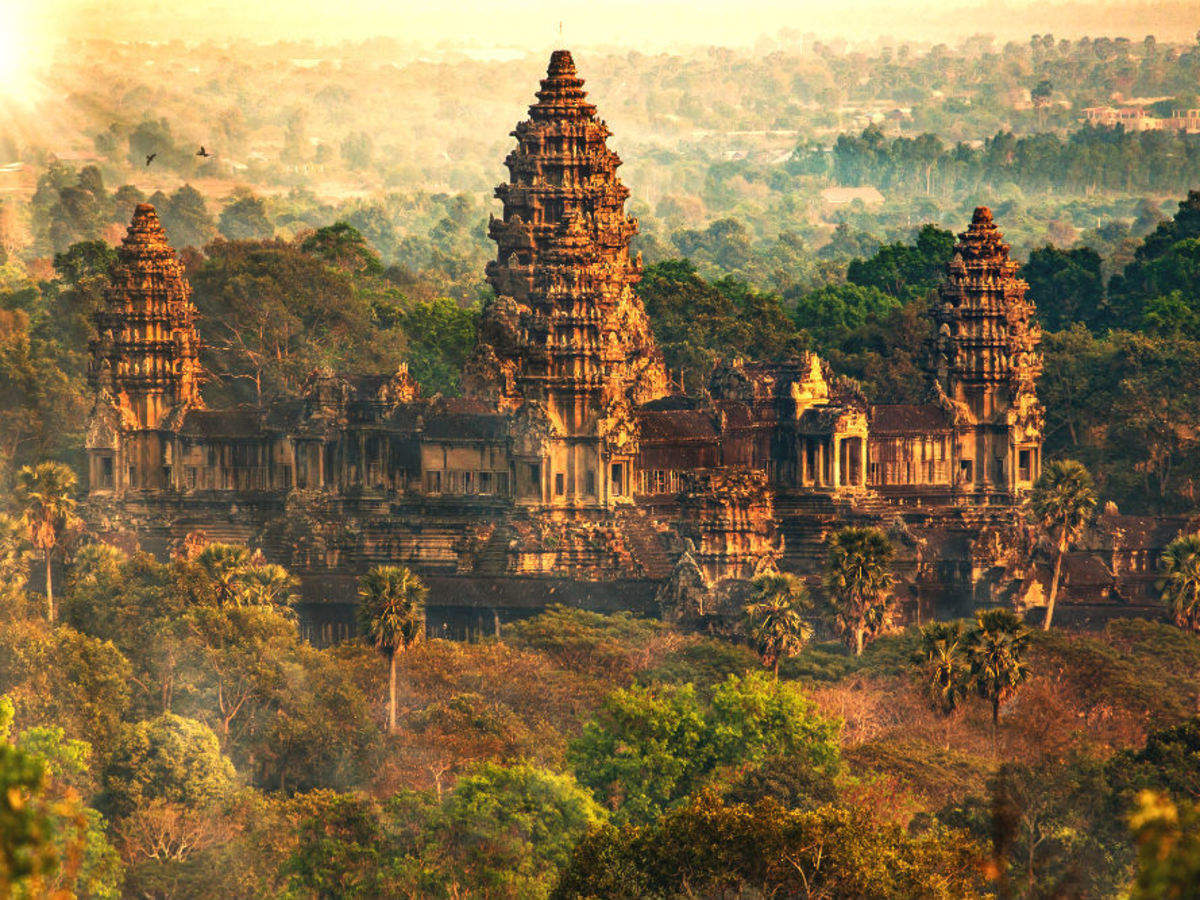
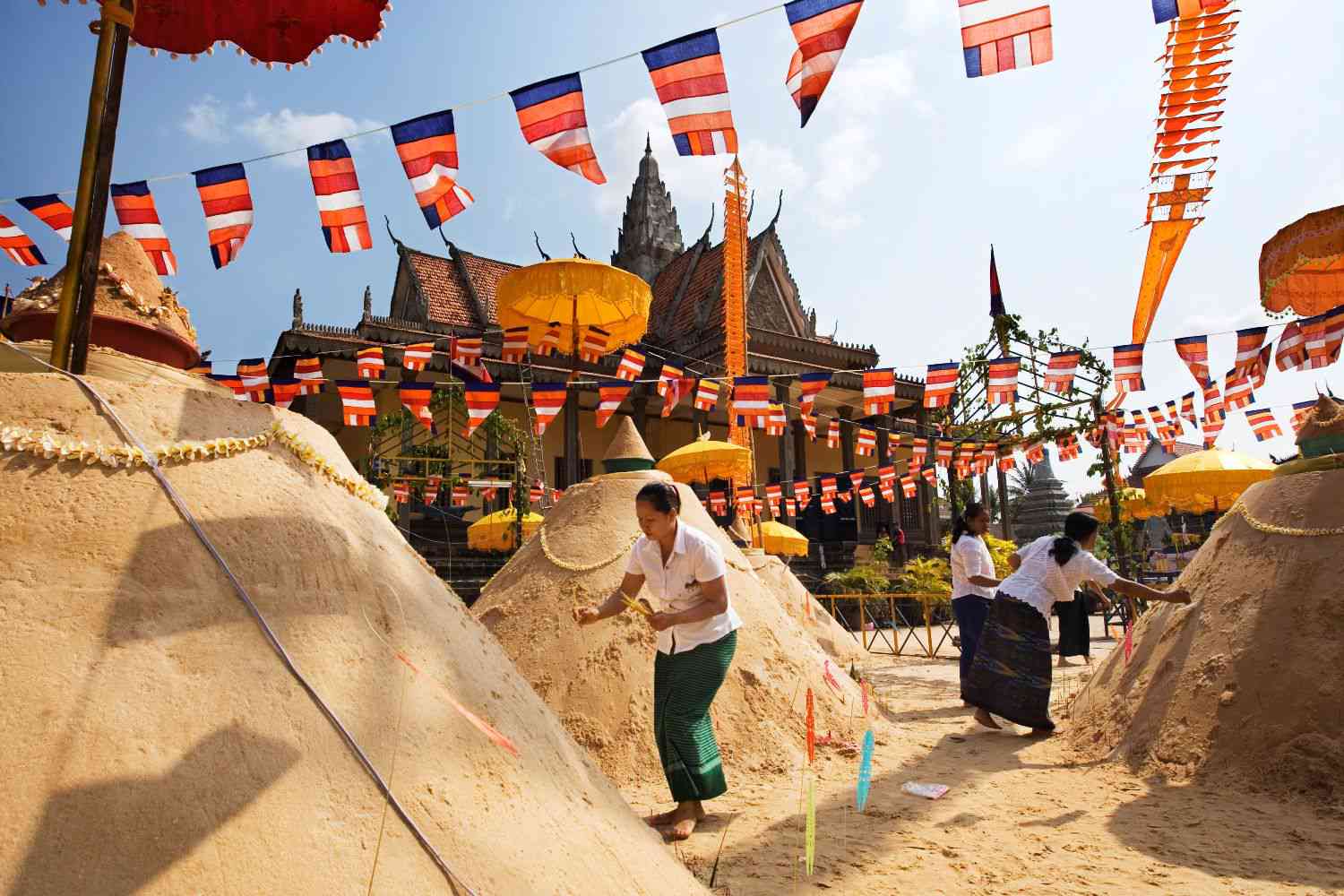
About Cambodian Cuisine
Due to the sustained historic interaction and shared influences, Cambodian cuisine has many similarities with its neighbouring Southeast Asian cuisines of Thailand, Laos, Vietnam, and Indonesia. Cambodian cuisine is known for using fish sauce in soups, stir-fried cuisine, and as dippings. The Chinese influence can be noted in the common chha (Khmer: ឆារ, Stir frying) and in the use of many variations of rice noodles. In Chinese-Cambodian cuisine, a popular dish is a "pork broth rice noodle soup", called kuy tieu (Khmer: គុយទាវ). Indian influenced dishes include many types of curry known as kari (Khmer: ការី) that call for dried spices such as star anise, cardamom, cinnamon, nutmeg and fennel as well as local ingredients like lemongrass, garlic, kaffir lime leaves, shallots and galangal that give dishes a distinctive Cambodian flavor. Banh chaew (Khmer: នំបាញ់ឆែវ), the Khmer version of the Vietnamese bánh xèo, is also a popular dish.
Khmer cuisine is noted for the use of prahok (ប្រហុក), a type of fermented fish paste, in many dishes as a distinctive flavoring. When prahok is not used, it is likely to be kapǐ (កាពិ) instead, a kind of fermented shrimp paste. Coconut milk is the main ingredient of many Khmer curries and desserts. Cambodians prefer either jasmine rice or sticky (glutinous) rice. The latter is used more in dessert dishes with fruits such as durian while jasmine rice is eaten with meals. Almost every meal is eaten with a bowl of rice. Typically, Cambodians eat their meals with at least three or four separate dishes.
Regional Cambodian cuisine offers some unique dishes influenced by the traditions of local ethnic groups. In Kampot and Kep, known for its Stir-fried crab with Kampot peppercorn (Khmer: ក្តាមឆាម្រេចខ្ជី, kdam chha mrech Kampot). This dish is prepared with a local crab fried with the black pepper from area pepper fields. Kula people, an ethnic group of Pailin Province, originated Kola noodles (Khmer: មីកុឡា, mee Kola), a vegetarian rice stick noodle dish. In southeastern Cambodia, the influence of Vietnamese cuisine are strong, evidenced by bánh tráng which is ubiquitous in southeastern Cambodia but virtually unknown elsewhere. The region between Siem Reap and Kampong Thom, an area with many Chinese Cambodians, displays Khmer versions of many Chinese dishes.
Images of Cambodian Cuisine
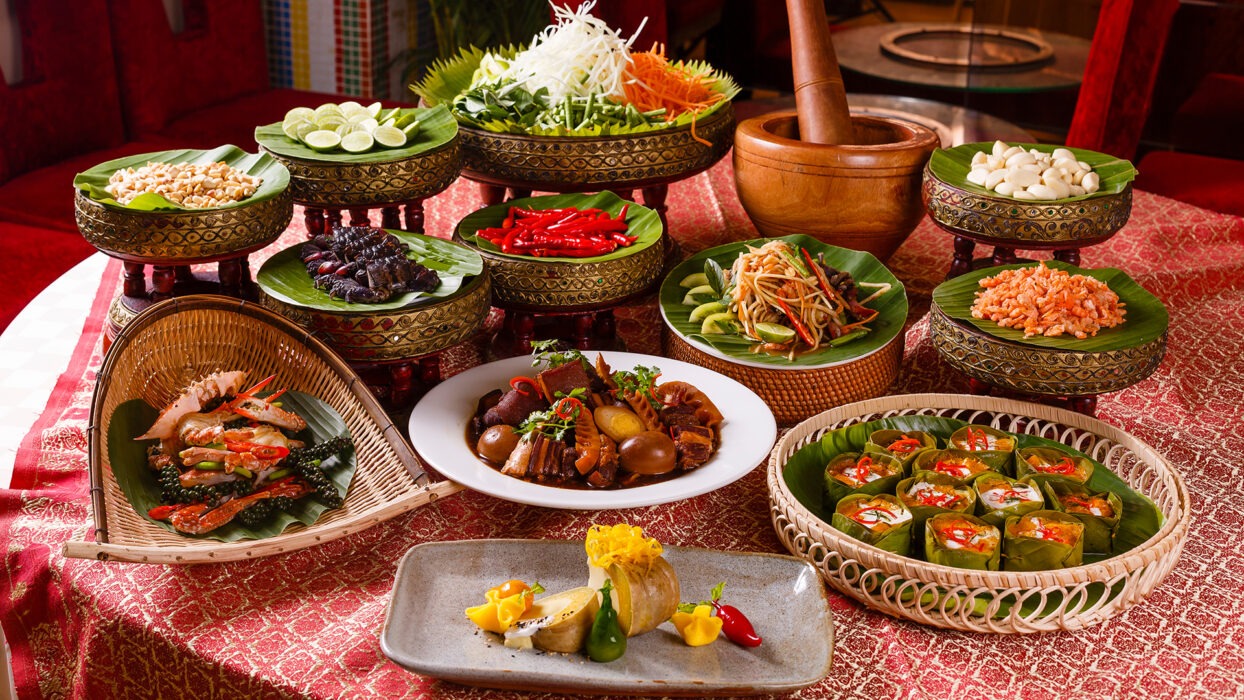
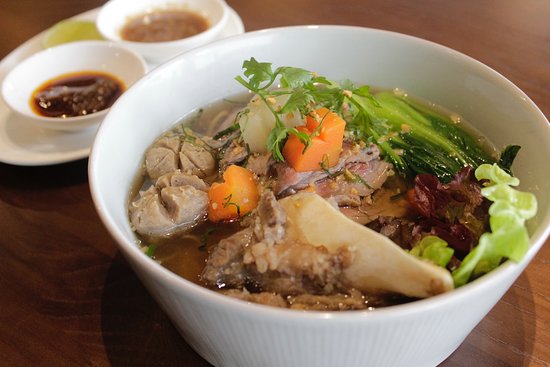
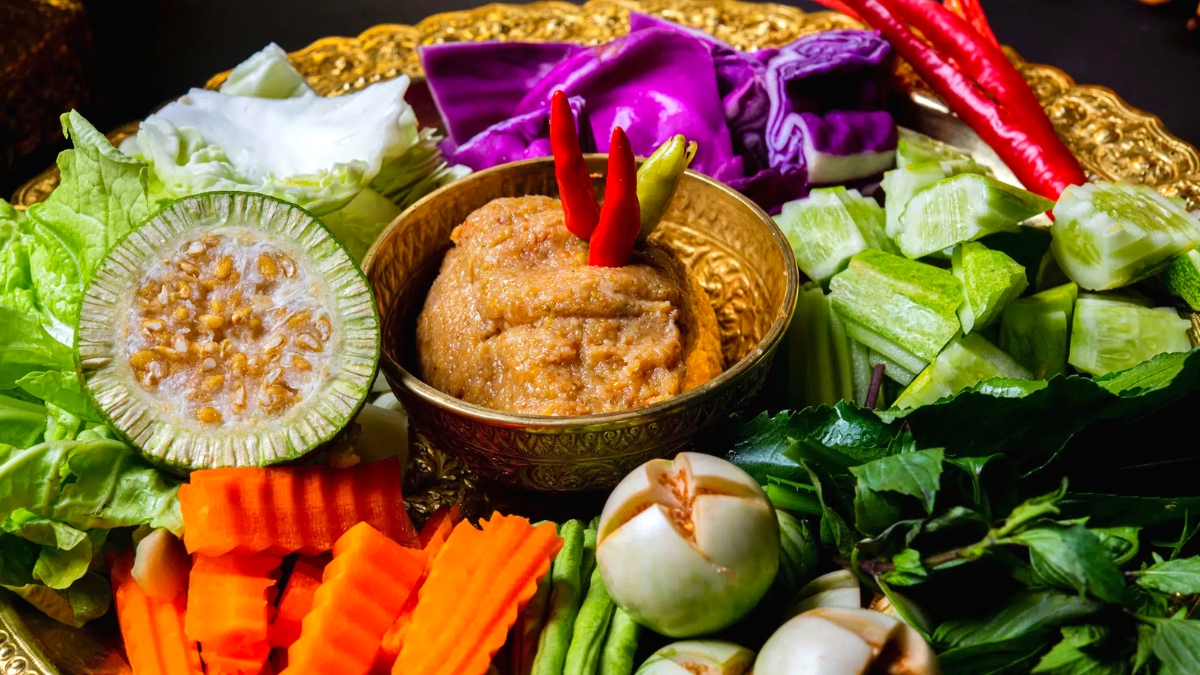
Key Cultural Aspects:
- The Royal Ballet of Cambodia, inscribed in 2008 on the Representative List of the Intangible Cultural Heritage of Humanity, is a distinctive form of Cambodian classical dance.
- Angkor Wat, one of the largest religious monuments in the world, is a symbol of Cambodia and an important cultural and architectural landmark.
- Festivals such as the Cambodian New Year (Chaul Chnam Thmey) and the Water Festival (Bon Om Touk) are central to Cambodian culture and attract visitors from around the world.
- Buddhism has existed in Cambodia since at least the 5th century CE. Theravada Buddhism has been the Cambodian state religion since the 13th century CE (excepting the Khmer Rouge period), and is currently estimated to be the faith of 90% of the population. A smaller number of Cambodians, mostly of Vietnamese and Chinese descent, practice Mahayana Buddhism. The main orders of Buddhism practiced in Cambodia are Dhammayuttika Nikaya and Maha Nikaya.